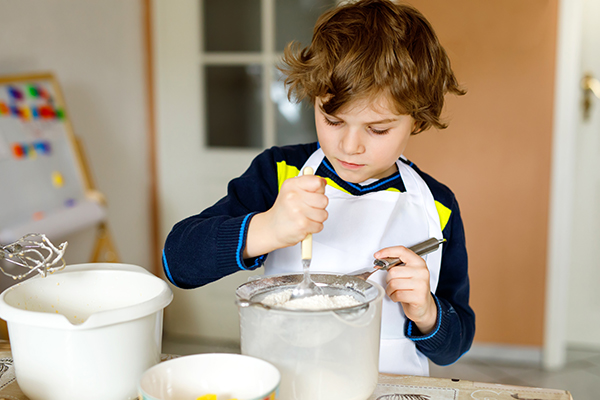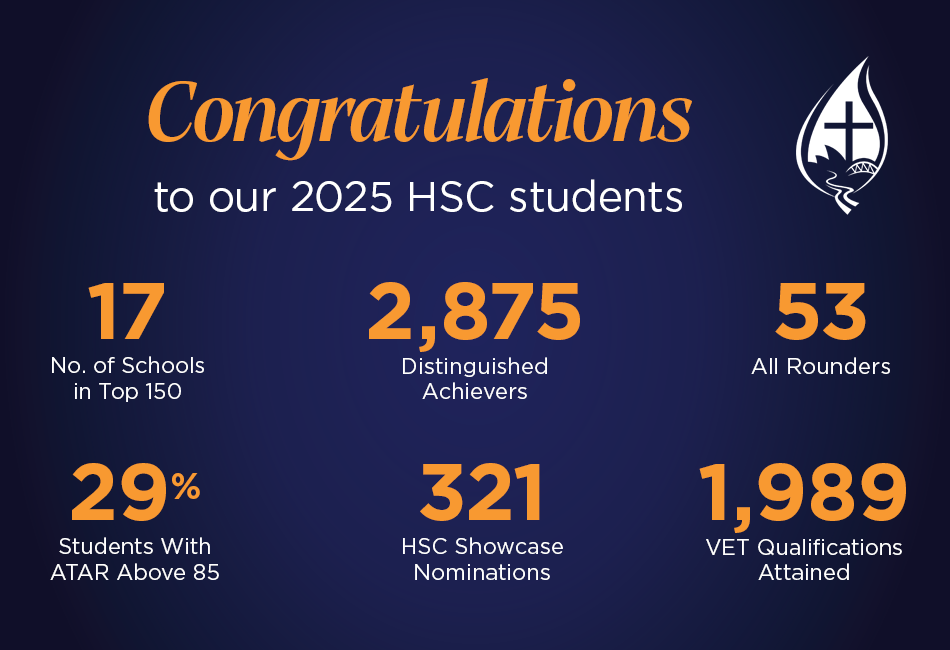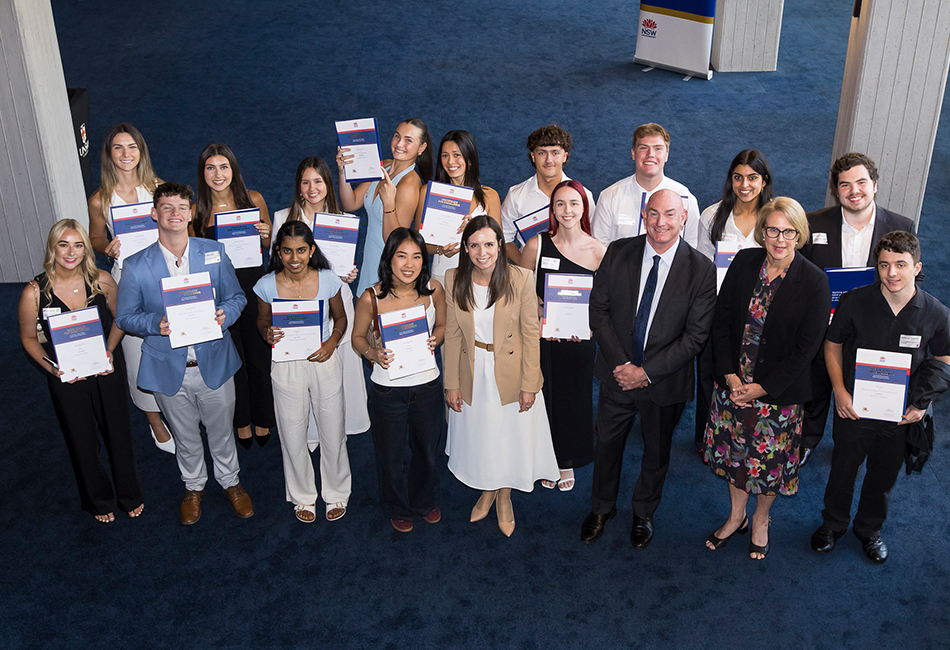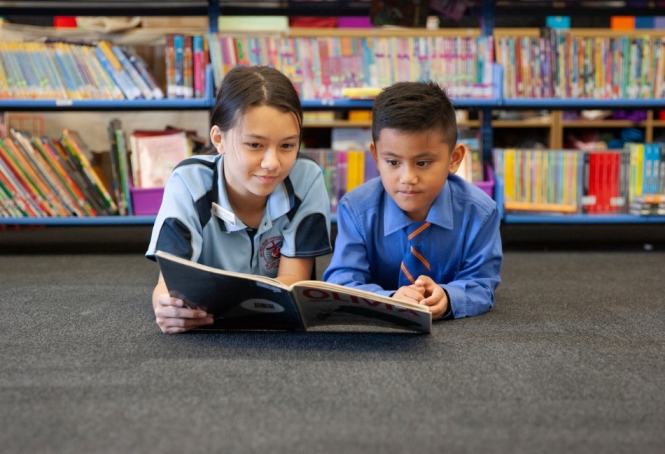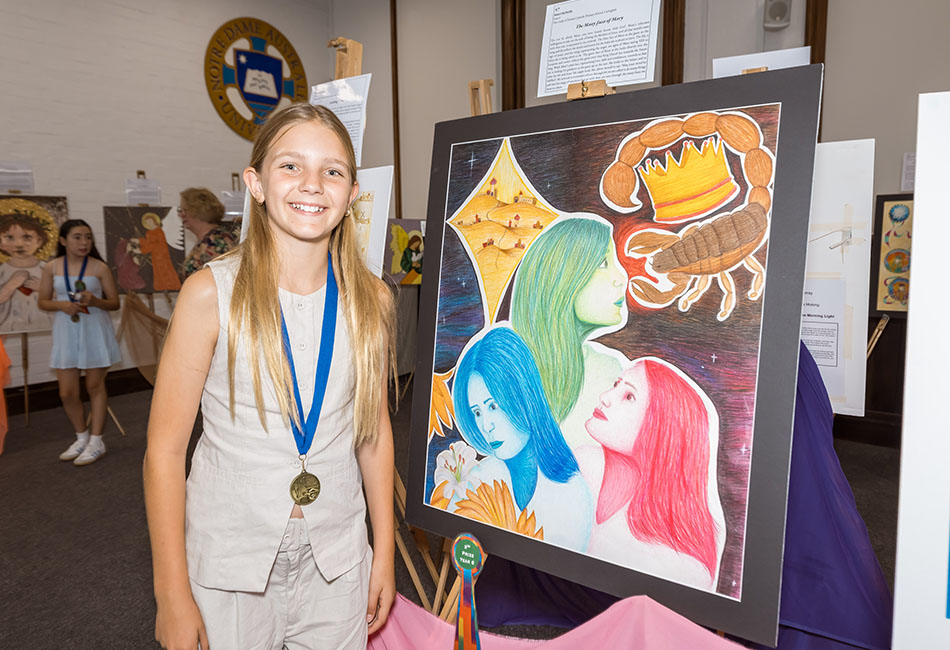Tips for Getting the Most Out of Remote Learning
Working to an hourly clock may seem like the ‘right’ thing to do, but this approach is putting unnecessary pressure on many at-home parents of primary schoolers.
That is because hourly time frames are more suited to a classroom, according to Dr Kate O’Brien, the Director of Education and Research at Sydney Catholic Schools.
“In primary school, much of the learning is around collaboration and working with others, so there’s a lot of development of oral language skills, social skills and organisational processes,” Dr O’Brien explained.
At home, families are doing a range of things at the same time as learning is happening, so there isn’t that same intense focus on language and social aspects, like in school, she said.
“A school may have a literacy session for an hour a day that explores the skills of the English curriculum,” Dr O’Brien said. In the home, “without the discussion in classroom learning”, a child could do the same in about 20 minutes, she said.
“This is a unique time and an opportunity to build character and the dispositions of learning, such as problem solving, persistence, speaking with accuracy and precision” – Dr Kate O’Brien
Dr O’Brien believes a holistic approach to learning is better suited to primary school students.
She said student activities should include building relationships in the home, communication tasks, and exploring the world around them.
“Cooking a cake, by going through what you need to measure to cook that cake,” suggests Dr O’Brien.
“Write down a procedure for the process or make a video of how to bake, then write about the experience.
“Go for a walk and explore the local environment. Talk along the way, share stories of your childhood and create memories for the future.
“Use the time to create positive memories for the future and strong young people who are resilient and empathic” – Dr Kate O’Brien
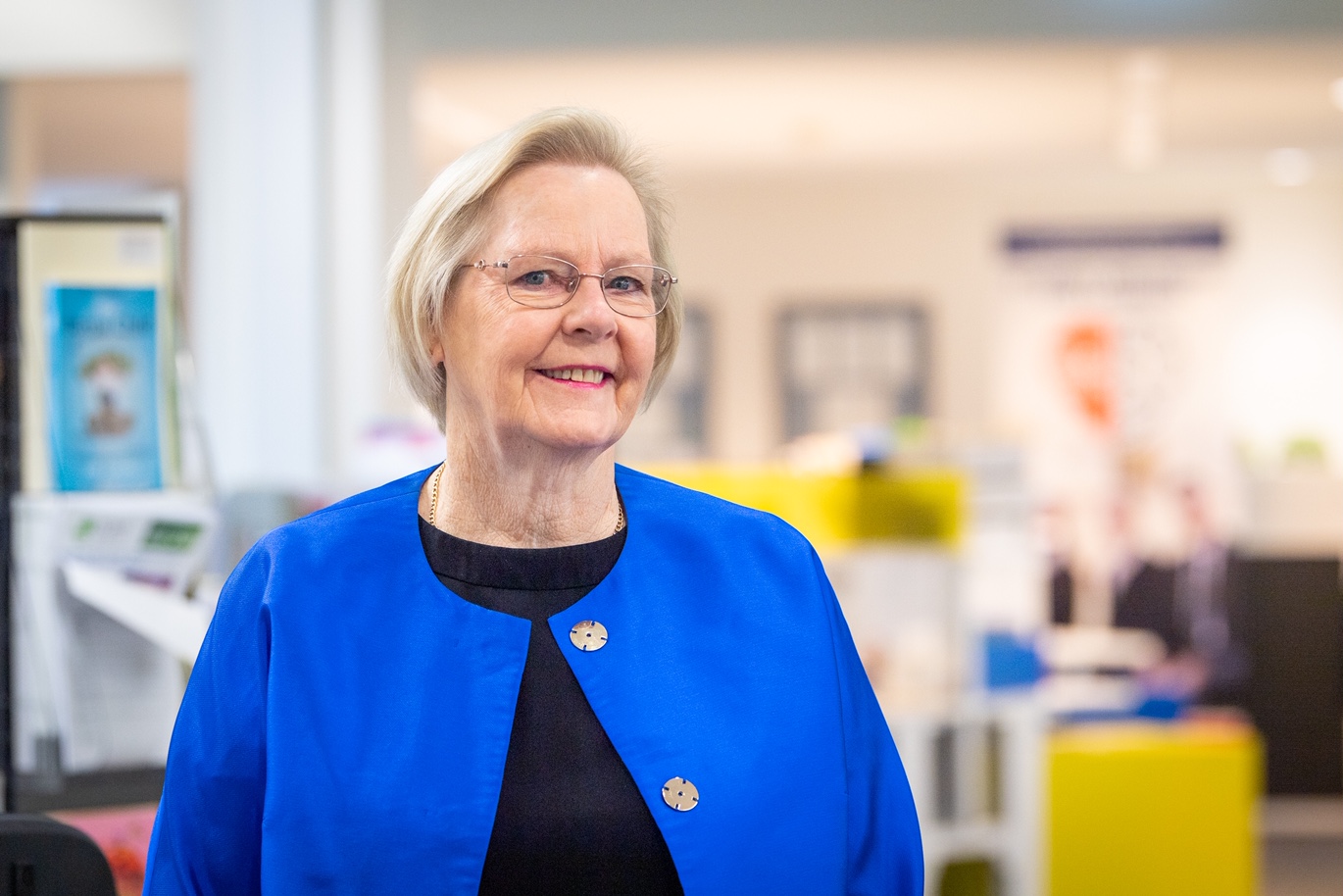
“This is a unique time and an opportunity to build character and the dispositions of learning, such as problem solving, persistence, speaking with accuracy and precision.
“There are many activities (to do) in the average home: Play Monopoly, play Scrabble, play Hangman, number games, skip while counting jumps to increase mindfulness and burn off excess energy.
“Watch ABC programs and documentaries and talk about what you’re hearing or seeing.
“Read a story, then talk about the characters and the plot. Take it a step further and create a different ending for that story.”
Dr O’Brien advises against getting fixated on the time it takes to complete tasks or getting discouraged.
“Children at home work at their independent pace and some children can work very quickly. Others will rely on parents or siblings and require more time – that’s why you need holistic problem-solving that will engage the student,” she said.
“Use the time to create positive memories for the future and strong young people who are resilient and empathic.”

